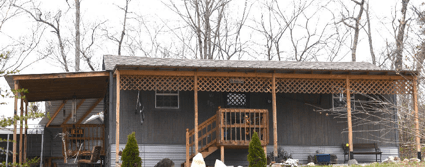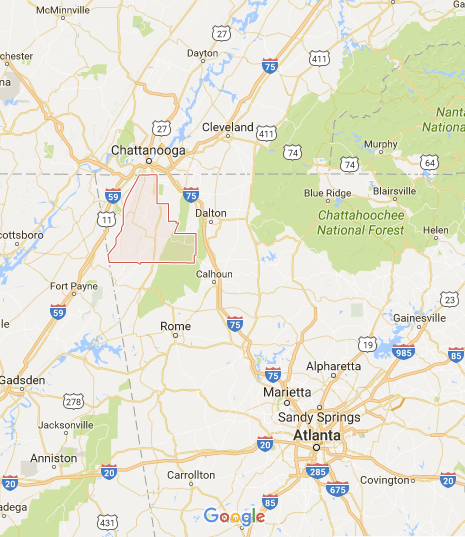
In Walker County, Georgia last week, the County Planning Commission took on a big task… how to regulate “tiny homes.”
According to the Times Free Press, during a work session, the commission settled on some rules – a tiny home in Walker County should be no bigger than 500 square feet, it should sit on a permanent foundation, which includes an electric meter and a sewer line or septic tank.
The commission also decided that the homes should be restricted to specific zones in the county, with all of them being clustered together.
“I’d hate for someone to put one of these things next to my home,” said board member Jack Michaels.
The decisions by the commission were just the first step in what looks to be a much longer process. They will need to put their ideas into an official ordinance, and then hold at least two pubic meetings to review it before they can actually vote on it. This process could delay the path from concept to law until the middle of the year.
While tiny homes may be all the rage in the mainstream, for planning and zoning offices they can present potentially big issues.
Some board members are concerned that a collection of “shanties” could pop up in backyards, or the homes could be abandoned, leaving the county on the hook, or be used by residents to avoid paying taxes. One board member sees the popularity of shows like “Tiny House, Big Living” and “Tiny House Hunters” as the culprit.
“That drives some of this,” said board member Phillip Cantrell.
“But I think all of us are smart enough to know, living in that, I’m not sure my wife can get her shoes in there.”

With confusion around state and local ordinances, local governments across the country have resorted to creating a patchwork of tiny home regulations.
Nearby Catoosa County says the homes must be at least 700 square feet, while Murray County requires at least 864 square feet in rural areas and 1,200 square feet in suburban areas. Gordon County restricts them to RV and campground sites.
“Most of them don’t have a stove,” said David Brown, Walker County’s director of codes, inspection and planning.
“They don’t have a washer and a dryer. They’ve got a microwave. They may or may not have a toilet.”
There’s also the issue of taxes.
“How will the tax man go about handling these things?” asked Cantrell. “Is it just a free ride? You move into these things, you get to live free?”
“As of right now it is,” said Brown. “As of right now.”
And the “Wild West” feel around tiny homes concerns Brown.
“There are no rules, some of these have no serial numbers. They have no identification. The only way we can do it legally, when we do find them, is to give them a serial number and put them in the system, like a mobile home,” said Brown.
(Image credits are as shown above.)

Submitted by RC Williams to the Daily Business News for MHProNews.

























